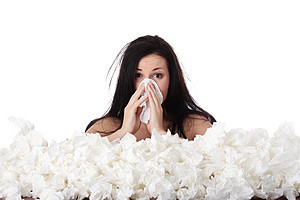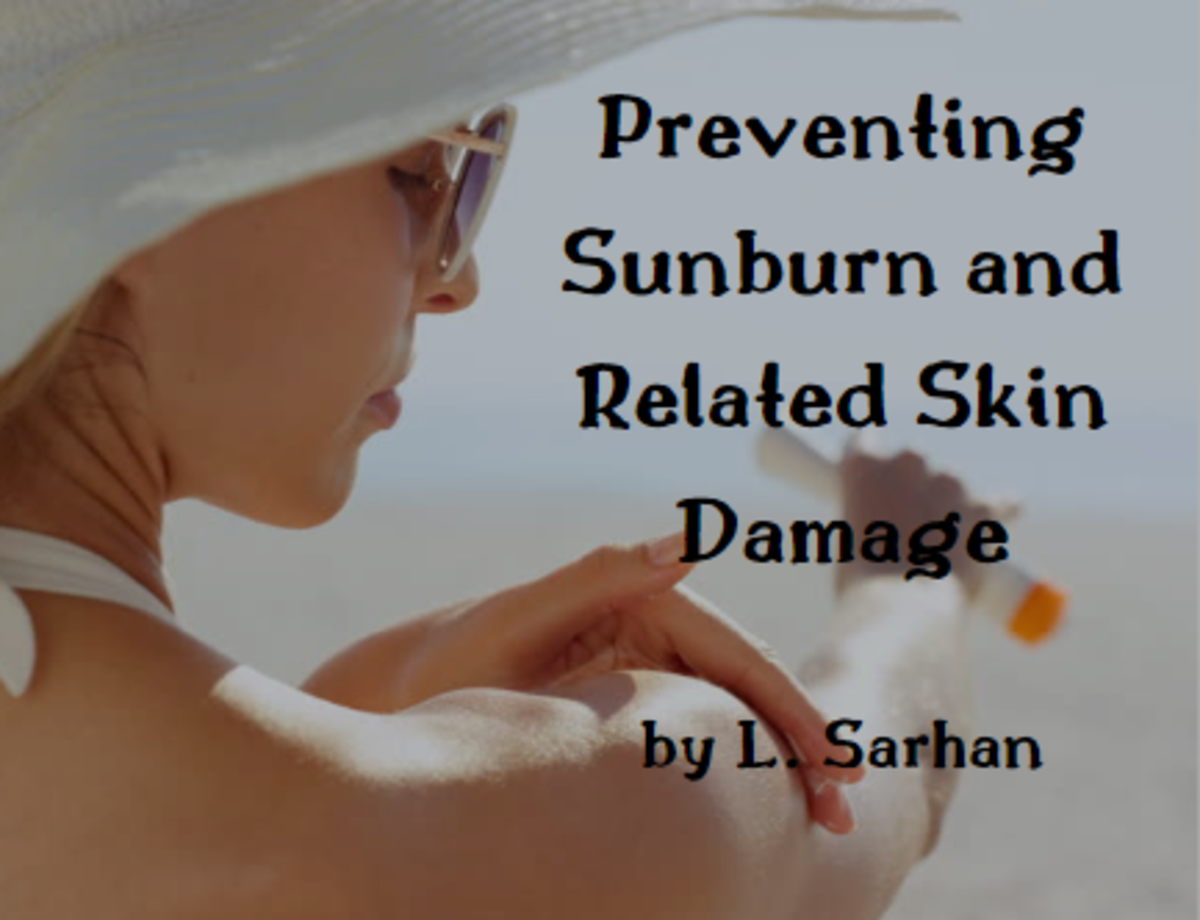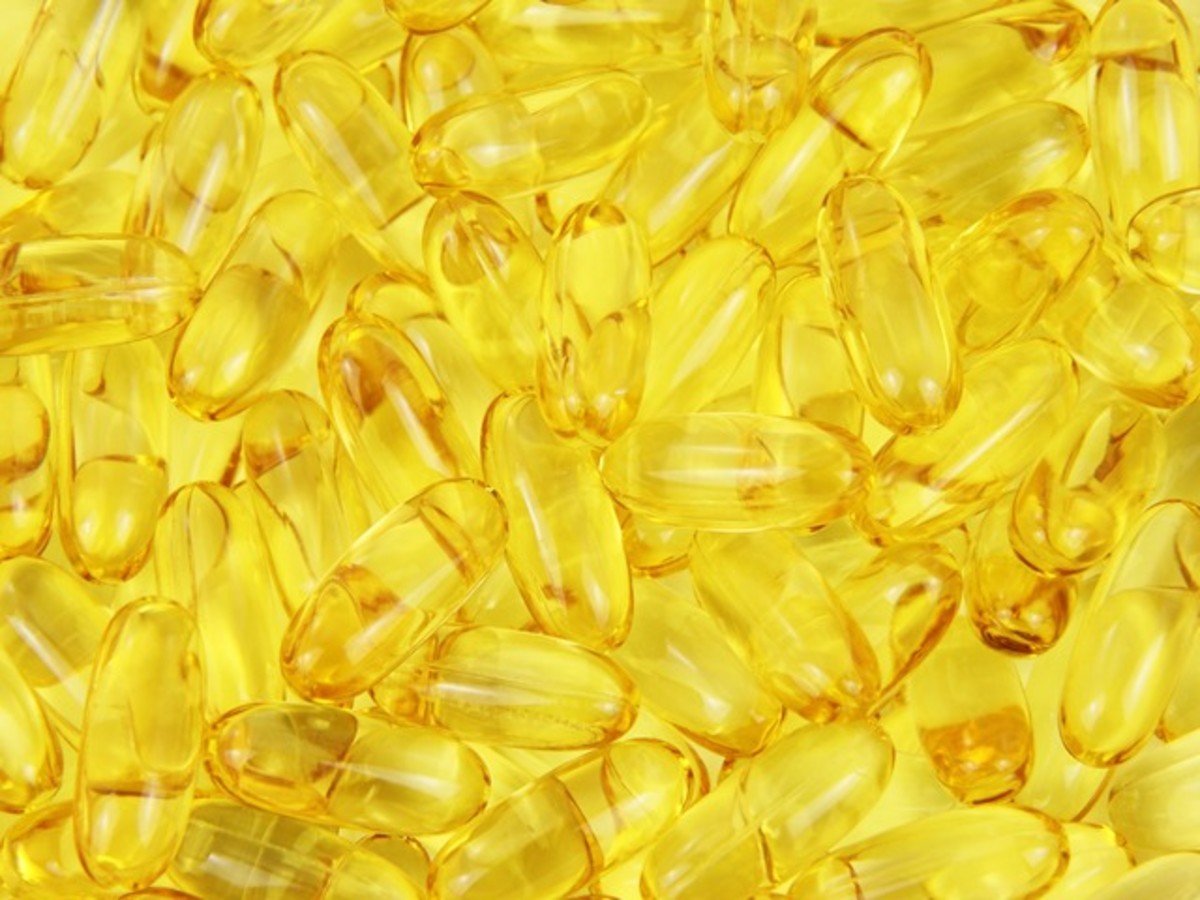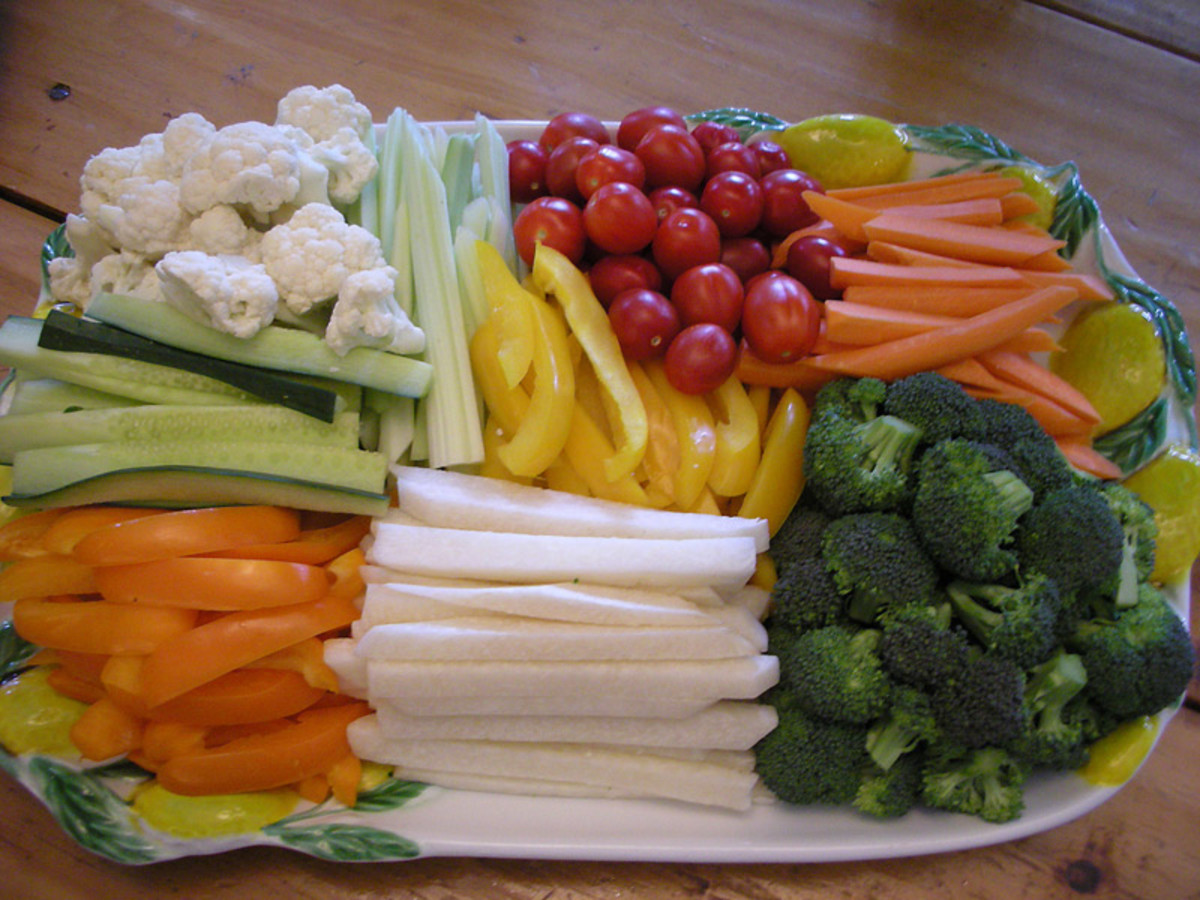Who's Afraid of the Flu? - Not Vitamin D

Part 1
When we enter cold and flu season, most of us have entered a war we are unprepared for.
Now enters the short, cold days of winter. Without stores of vitamin D3 in our fat cells, hope of avoiding sickness depends on supplemental D3.
And so it begins…….
Our bodies fight to stay healthy.
First on our list is the festival of candy: Halloween! Who can resist sugar? All of that sugar suppresses our immune system and adds to our toxic buildup.
After our Halloween, we move into the winter holidays, family get-togethers, parties and celebrations. Indulging is part of the holiday experience; it’s what we do best.
Our New Year's resolutions, which are often to eat a more nutritious diet and to exercise, often come too late. By this time we have seriously depleted our immune systems and without a healthy immune system, we don’t have much of a chance to ward off the flu.
Consequently, we get sick. It must be that bug that’s going around, the drafty house, or the cold weather.
In reality, being sick could have been avoided. It has a lot to do with lack of vitamin D.
The higher the vitamin D level you have the lower your risk of getting sick.
Vitamin D helps produce antibacterial peptides that help protect against the flu. That is why in winter, when there is little sunshine that provides the necessary UVB rays that stimulate production of vitamin D by the skin, people are more prone to deficiency resulting in a compromised immunes system that leads to being overwhelmed by flu viruses.
D3: The Sunshine Vitamin
Vitamin D is called the sunshine vitamin for a good reason. Our body soaks up the UV B ultraviolet rays from sunshine and produces a pro-hormone, 25-hydroxyvitamin D, and then the liver and kidneys convert it to vitamin D3.
Consider this: we have approximately 30,000 genes in our body and vitamin D influences 2,000 of them. That's thousands of health benefits from just one vitamin. Without vitamin D, those 2,000 can't function the way they are meant to.
The very best way to get vitamin D is through sunshine.
Here is the great news: vitamin D is free, no strings attached. How often can we say that in life?
The best time to catch the rays
Unfortunately, the best time is opposite of what we have been led to believe because we have been told to avoid the midday sun. The reason to avoid the noonday sun is because that is when the UV A ultraviolet rays are strongest, too, and UV A can lead to skin cancer. The aim is to be in the sun just long enough to get the UV B's you want and need, then cover up or otherwise get out of the sun.
Why the noonday sun? Because UV B rays aren't as strong as the UV A's. In the morning and the late afternoon when the sun is at a lower angle in the sky, the rays have to travel through more atmosphere before reaching us. Those extra miles of atmosphere soak up and deflect the UVB's. No matter how long you stand in the sun at the wrong time, no matter how warm the rays may feel, if it isn't the right time of day, you'll only be getting UVA's, and, remember, the UVA's are the ones you want to keep away from because those are the ones that cause the most problems.
How can you tell the right time to be in the sun?
You can do that by checking a handy link to the US Naval Observatory Azimuth table (http://aa.usno.navy.mil/data/docs/AltAz.php)
What's an azimuth?
That's kind of complicated to explain, but suffice it to say that the azimuth table will calculate the angle of the sun in the sky based on the latitude you enter in the calculator and the date. No, you don't need to know your actual latitude; instead, you enter the city you live in, or, if the calculator doesn't have your city in its database, a nearby city it might recognize.
When you see the results the calculator gives you, you want to check the times that have values above 50. Anything below 50 won't give you enough UVBs. Anything above, and you're golden.
There will come a time (unless you live beneath the 35th parallel), when no values on the table are 50 or above. For me in New Jersey, that day is soon approaching: September 20 is the last day I will be able to get UVBs in my backyard.
UVB rays are available to us only certain hours of certain months of the year that the sun is above 50 degrees from the horizon.
Better yet, you can get your own individual, personalized formula to maximize your vitamin D levels?
D-Minder
This is a phone app which discerns how much vitamin D you are actually getting. It takes into account your location, weather, skin color and more. You just enter some basic information like your weight, skin type, location and time and it will compute when and how long you should stay out in the sun your targeted vitamin D, how much you have generated and will even tell you when your time is up.
It will compute your generated vitamin D versus your target vitamin D, as well as track how long you can stay out in the sun and warn you when that time is up.
NO SUNSCREEN when D bathing.
It's important when you go D bathing that you expose 40% of your skin and forgo the sunscreen. Putting on sunscreen that blocks UVB rays is your wasting your time.
"Sunscreen absorbs ultraviolet light and prevents it from reaching the skin. It has been reported that sunscreen with a sun protection factor (SPF) of 8 based on the UVB spectrum can decrease vitamin D synthesizing capacity by 95 percent, whereas sunscreen with an SPF of 15 can reduce synthesizing capacity by 98 percent (Matsuoka et al., 1987). ---Wikipedia
D down the drain
Now that your skin has been exposed to UVB rays it needs some uninterrupted time to soak in. D3 from the UVB rays are now on the surface of your skin, waiting to be absorbed into your bloodstream.
I expect you will be as surprised as I was when I found out it takes 48 hours for up to 98% of vitamin D precursor to be absorbed into your bloodstream.
What? Does that mean I can't take showers?
The method to use to protect your vitamin D gains is to wash most of your body with water and save the soap for just the stinky parts. It's as easy as that. You'll be clean, you won't offend the nose, and you keep your vitamin D.
Vitamin D Supplementation For the Cold Days of Winter
UVB sun lamps
Next best to getting your D from the sun is to use UVB sunlamps. But be careful: sunlamps are not the same as tanning beds. UVAs give you a tan, but they won't give you vitamin D (well, they'll give you a little bit of vitamin D, but not much, from 300-315 nano meters. To activate enough vitamin D using UVA, you would practically have to roast yourself at great risk to your skin.)
Because our bodies naturally produce vitamin D from UVBs, using a sunlamp is better than supplements.
I am hard at work researching UVB sunlamps. I am looking for the best quality for the best price. As soon as I know, you will know…..stay tuned.
What do we do if we live above the 35th parallel, we can't get outside at the right time, or we don't have a sun lamp to give us UVBs?
That's where supplements become important.
Next post, we talk about the right way and the right kinds of vitamin D supplements, which is vitamin D3. The wrong kind D2 which is synthetic and can be quite bad for you.
We will really get under the skin of the subject of vitamin D supplements, and much more.
Please continue reading Who's Afraid Of The Flu - Part II here.








